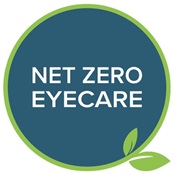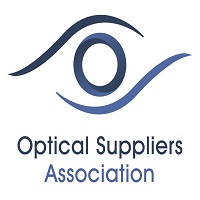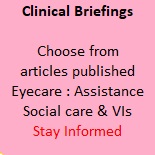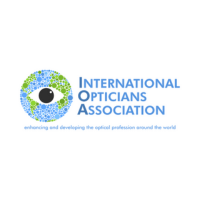General News
United Nations Resolution Designed to Tackle Preventable Sight Loss
United Nations Resolution Designed to Tackle Preventable Sight Loss
The United Nations General Assembly (UNGA) has adopted Resolution A/75/L.108 committing the international community to eye care for the 1.1 billion people living with preventable sight loss by 2030.
Sight loss is calculated to cost the global economy $411 billion in productivity each year.
The resolution is the first agreement designed to tackle preventable sight loss to be adopted by the United Nations and enshrines eye health as part of the United Nations’ Sustainable Development Goals.
The resolution was passed unanimously by all 193 countries of the United Nations. It sets a target for vision for everyone by 2030, with countries set to ensure full access to eye care services for their populations, and to make eye health part of their nation’s journey to achieving the Sustainable Development Goals.
The resolution creates new expectations for international financial institutions and donors to provide targeted finances, especially to support developing countries in tackling preventable sight loss. And for the United Nations to incorporate eye health into its work, including through UNICEF and UN-Women.
The resolution calls for new targets on eye care to be included in the UN’s Sustainable Development Goals at its next review.
The plan will mean that by 2030, the 1.1 billion people globally living with sight loss, will have access to support and treatment. But, campaigners say, only if governments and international institutions act now to fulfil their new commitments.
“This is a landmark development by the United Nations General Assembly, clearly defining the need for treating vision impairments and preventing future sight loss worldwide,” said Daniel McBride, President of CooperVision. “In becoming a Global Patron of the International Agency for the Prevention of Blindness last year, we believed the organization had the capacity to advance universal access to eye health—including bringing greater awareness and action to the growing prevalence and severity of myopia in children. IAPB’s role in this momentous resolution, which is also aligned with CooperCompanies’ support of the UN Sustainable Development Goals, deserves applause from across the entire eye care spectrum. It’s up to all of us to help fulfill what the agreement sets out—industry, practitioners, institutions and governments alike.”
H.E. Ambassador Aubrey Webson, Permanent Representative of Antigua and Barbuda to the United Nations, and founding co-chair of the United Nations Friends of Vision group said: “An eye test for a child can be the difference between inclusion and or exclusion; A pair of prescription glasses, the difference between access to information and seeking a livelihood and not. Corrective eye treatment, the difference between improved sight and total loss of sight. The gift of sight for the 1.1 billion people living with preventable sight loss is within reach if we ensure world leaders deliver on this moment.”
H.E Ambassador Rabab Fatima, Permanent Representative of Bangladesh to the United Nations and co-chair of the Friends of Vision, said: “The adoption of today’s resolution on vision is a watershed moment in global efforts for vision care. We were honoured and pleased to lead this resolution together with fellow Friends of Vision Co-Chairs, Antigua and Barbuda and Ireland.























